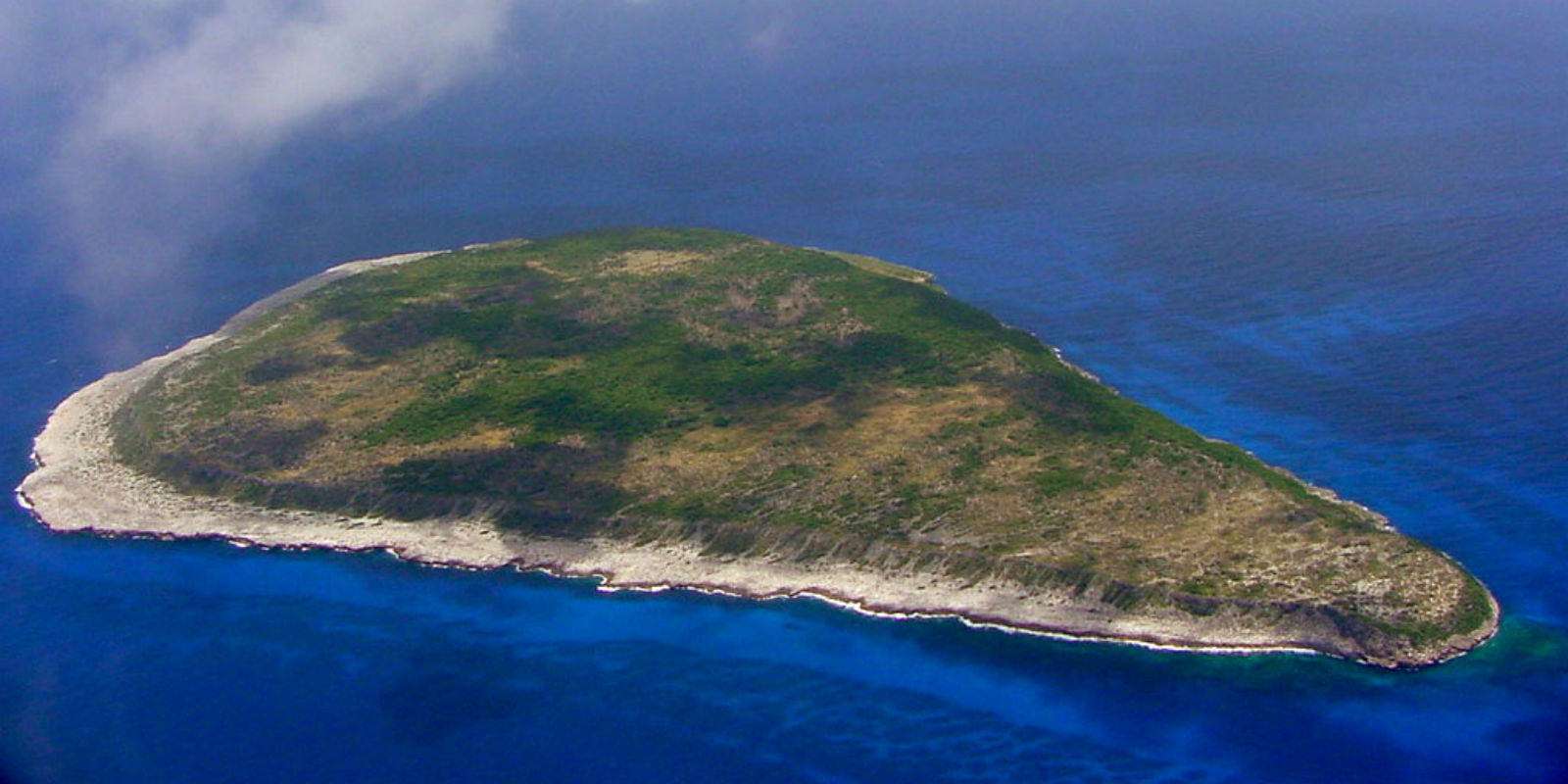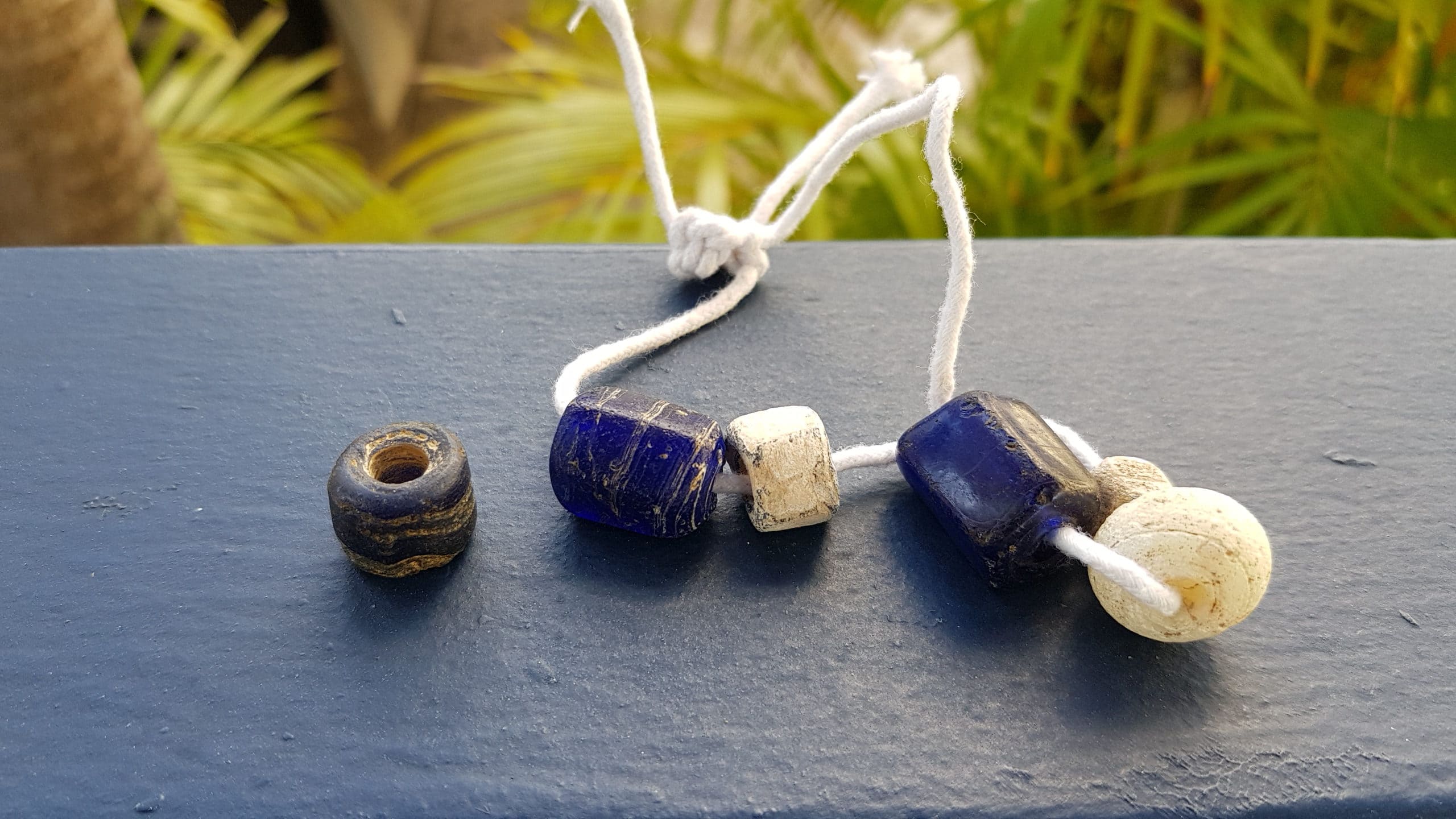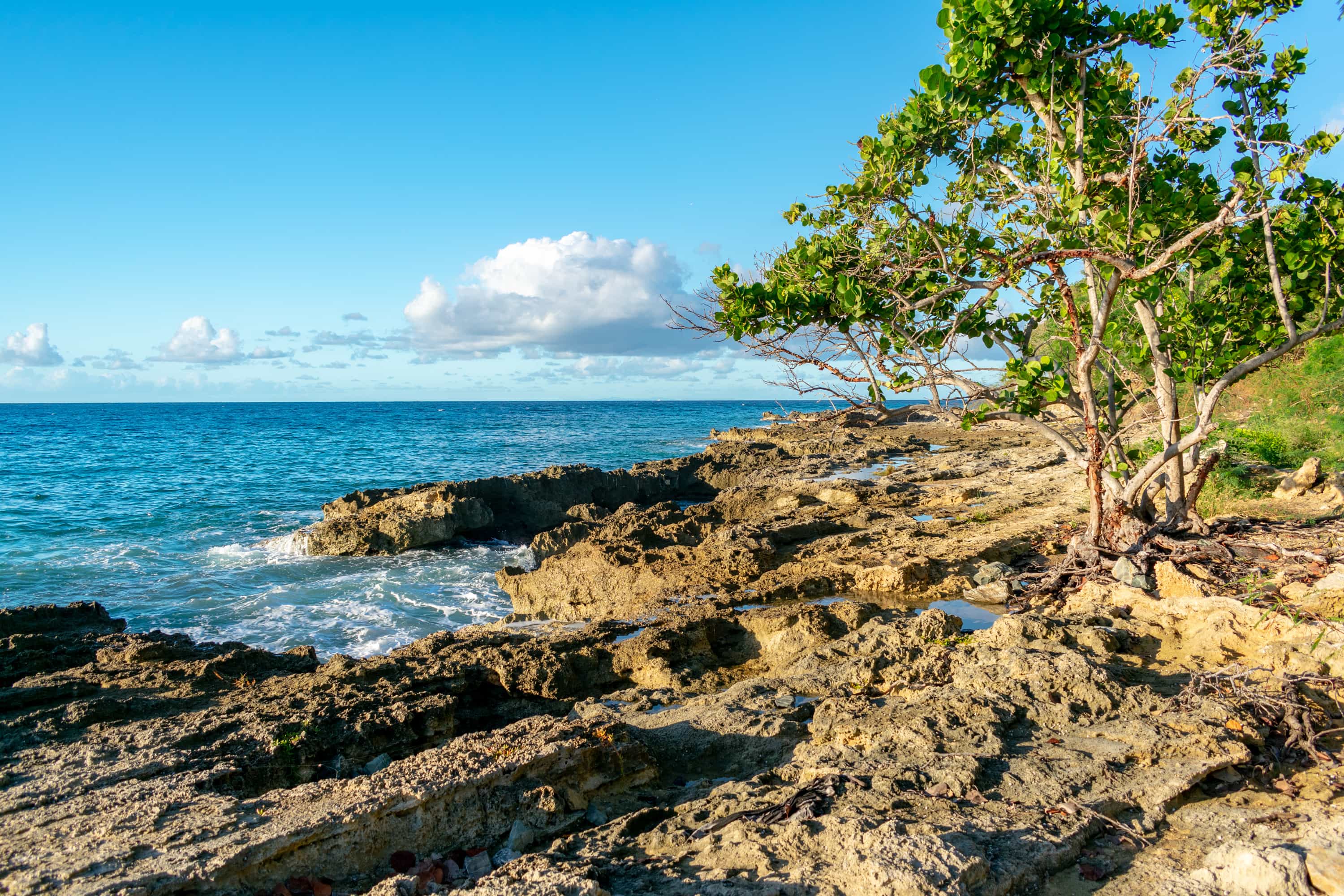Navassa Island And More Poop-Filled Corners of the Caribbean
While American’s may not be world-renowned for their geographical knowledge, there’d be no shame in having never even heard of Navassa Island, the Serranilla Bank, or the Bajo Nuevo Bank. Even though, they’re sort of part of the United States.
Where are Navassa Island, the Serranilla Bank, and Bajo Nuevo Bank?
Well, little Navassa Island (roughly two square miles in size) sits in the Jamaica Channel. That’s about a quarter of the way between Haiti and Jamaica.
The Serranilla Bank, really more a series of reefs with a few sandy islets than a real island per se, is located in the Western Caribbean about 170 miles southwest of Jamaica. Bajo Nuevo, also known as the Petrel Islands, lies just 78 miles east of Serranilla. It’s also more reef than an island chain.
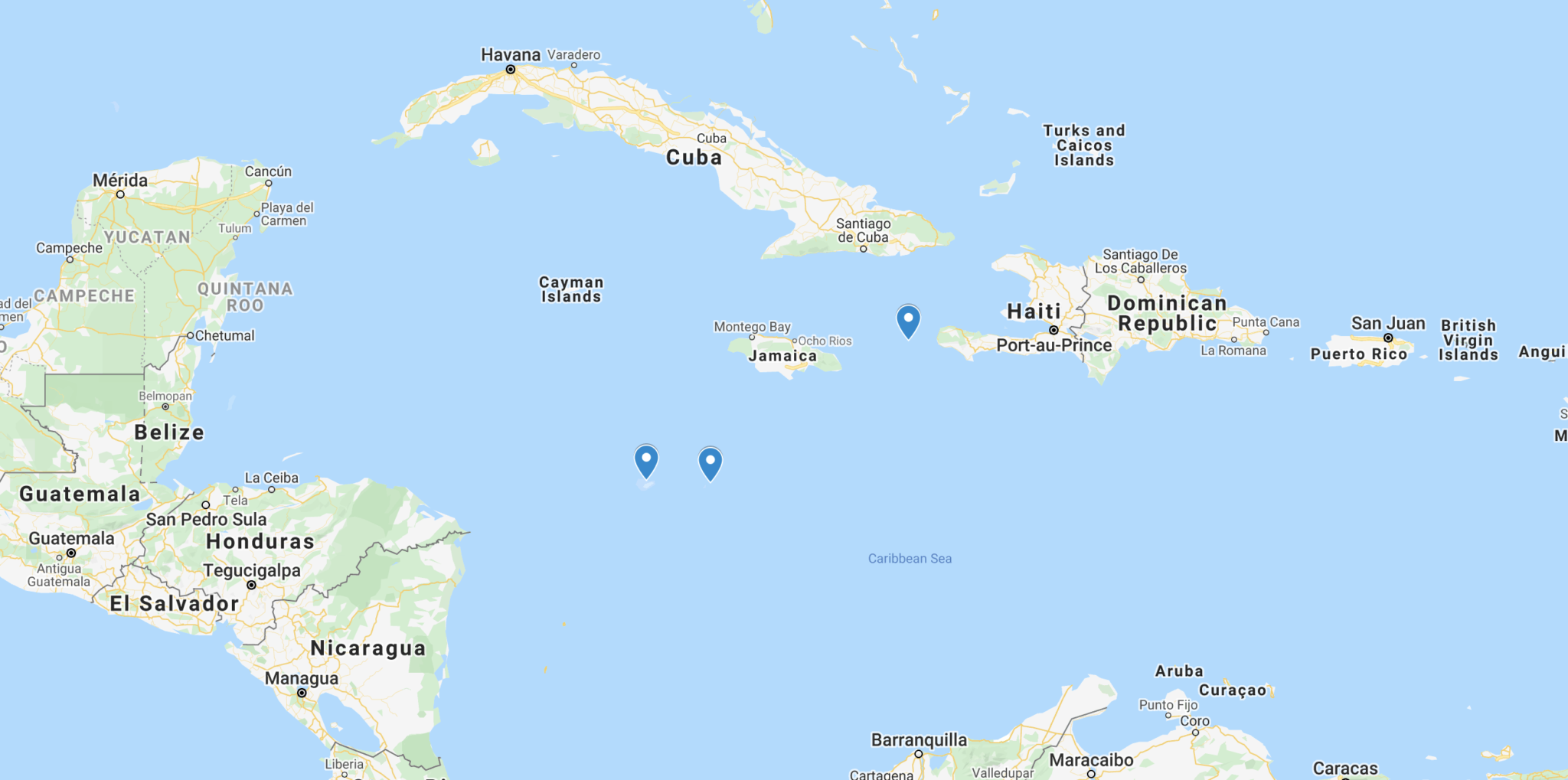
Wait, these are part of the United States?
Well, sort of. Navassa Island, the Serranilla Bank, and the Bajo Nuevo Bank—all three areas are claimed by the United States. Still, each claim is very much disputed.
Haiti says Navassa Island has been hers since 1801.
Colombia administers Serranilla as part of its San Andrés and Providencia Department. And that even though Nicaragua and Honduras both say they have dibs, too. Bajo Nuevo is also controlled by Colombia. Although Jamaica and Nicaragua join the U.S. in disputing ownership.
All this dispute when none of the three areas are inhabited or offer very much that you might think anyone would want.
So… Why the dispute?
The answer, in one word: poop.
Well, guano, actually.
Indeed, all three disputed areas were claimed by the U.S. under something called The Guano Islands Act.
And no, I’m not making this up.
The Guano Islands Act
Originally enacted in August 1856, the Guano Islands Act is a federal regulation passed by Congress that empowered citizens to seize islands containing guano deposits in the name of the old red, white, and blue. The islands could be located anywhere, with the only caveat being that they weren’t controlled by any other sovereign nation at the time of seizure.
Why the infatuation with bird poop? Well, back in those days, folks had just discovered that guano was an excellent source of sodium nitrate. And sodium nitrate was so prized thanks to it being a key component in the manufacture of gunpowder. It was also emerging as an excellent, highly sought-after fertilizer.
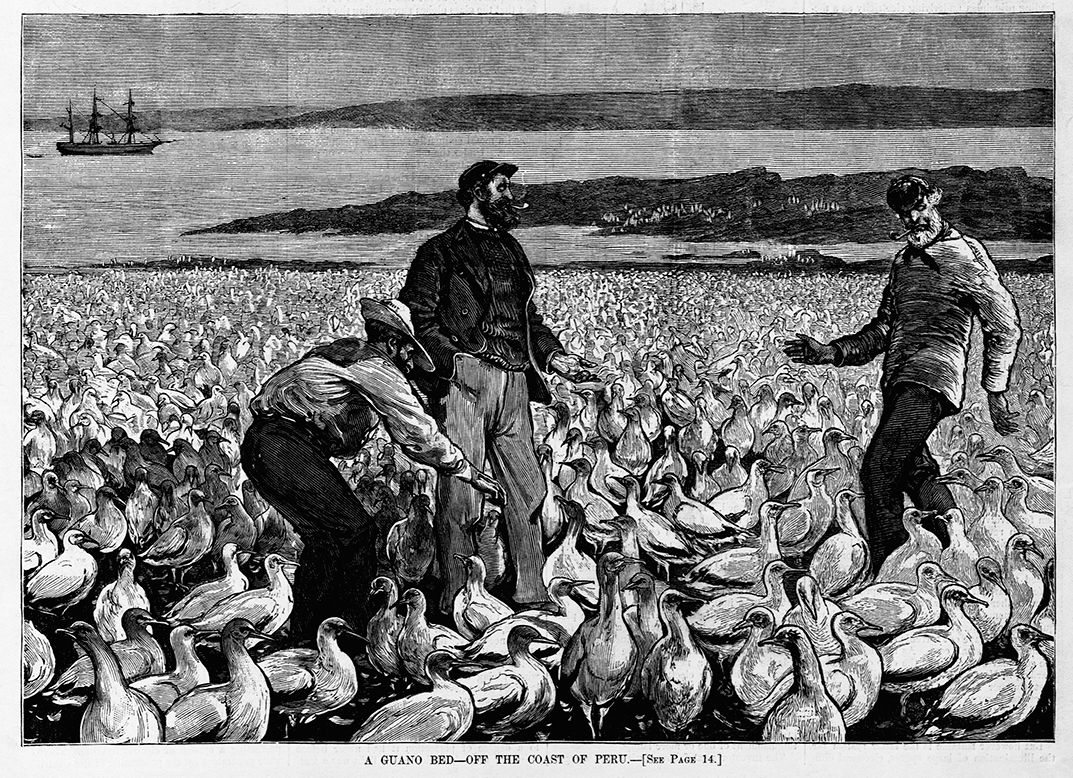
Gunpowder, Fertilizer, and the United States in the mid-1800s
In order for the U.S. to grow into the big and powerful country it aspired to be, gunpowder and fertilizer were going to be essential.
Gunpowder
At this time specifically, guano was providing the U.S. government the bang it desired to fight wars against native Americans. There was the Apache Wars, California Indian Wars, Third Seminole War, Puget Sound War, Yakima War, and many more in the Americas.
But that wasn’t all. Around the globe, the United States was getting into armed conflicts as it expanded its influence. The Second Opium War and the First Fiji Expedition are just two examples.
And keep in mind that all this was happening beneath the rising tensions that were just about to explode into the American Civil War in 1861!
Fertilizer
As for the fertilizer part of the equation, Peruvian seabird guano had become renowned for allowing their farmers to triple their yields. With the importance of farmers feeding the growing masses of Americans a major issue in Washington, their demands for the same increases in production carried a lot of weight.
The call was so strong that poop even played a role in the 1850 State of the Union! In the address, President Millard Fillmore designated bird poop so valuable that the United Staes should “employ all the means properly in its power” to get it.
So yeah, just a few years later, Congress gave every American carte blanche to start looking for poop all over the place. In the end, more than 100 islands worldwide were claimed under the Act!
Today, only about a dozen remain tenuously within the American fold.
The Guano Act Legacy
With today’s more cynical view of government, it’s probably no surprise that the Guano Act didn’t include provisions for what was to become of claimed islands once all the guano was gone. It also didn’t outline what to do should the U.S. simply lose interest in their claim.
So, who knows what the future holds for Navassa Island, Serranilla Bank, and Bajo Nuevo Bank.
For now, though, one thing’s for sure: you’d be hard-pressed to find a more uncommon corner of the American Caribbean… even though (or perhaps because) there’s no one there and the U.S. claims are literally full of shit.
